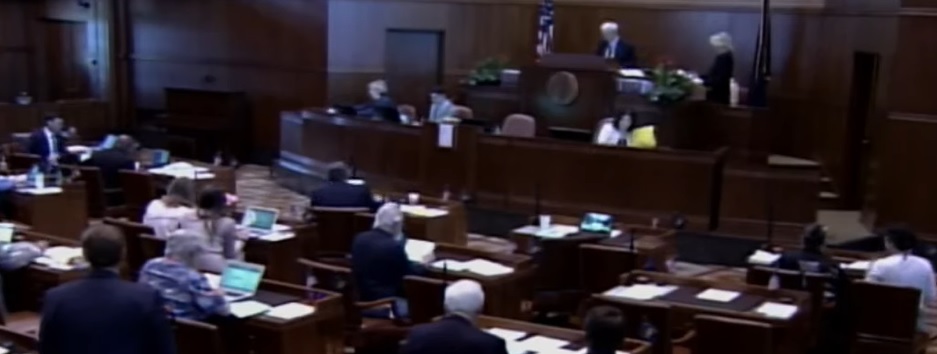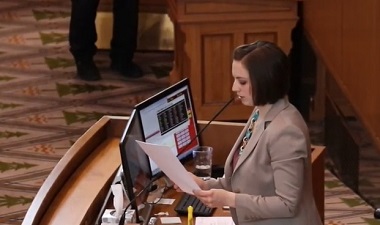A look at different types of bills.
An action proposed to be taken by the Legislature or either chamber is called a measure. If a measure is finally adopted, it is called an act. So, a bill passed by the Legislature is not a law until it is signed by the Governor. Until that time, it is an act of the Legislature.
Measures are numbered, and the numbers are unique within the two-year session (not to be confused with the individual long, short and possibly special "sessions"), so to uniquely identify a bill, you have to refer to its year and session.
These are the types of measures that you'll see introduced during a legislative session.
Bill (HB or SB)
This is most of the work of the Legislature. A measure that creates new law, amends or repeals existing law, appropriates money, prescribes fees, transfers functions from one agency to another, provides penalties, or takes other action.
Resolution (HJR, SJR, HR or SR)
A measure used for proposing Constitutional amendments, creating interim committees, giving direction to a state agency, expressing legislative approval of action taken by someone else, or authorizing a kind of temporary action to be taken. A joint resolution may also authorize expenditures out of the legislative expense appropriations. ​This measure may be used by the Senate or House for a measure to take an action that would affect only its own members, such as appointing a committee of its members, or expressing an opinion or sentiment on a matter of public interest. If it is used by both chambers, it is a joint resolution.
Note that these resolutions do not need the signature of the Governor. They merely need to pass both chambers to be adopted. When it comes to amending the
US Constitution, it calls for actions by the state legislatures -- not the Governor.
Article V. The Congress, whenever two thirds of both Houses shall deem it necessary, shall propose Amendments to this Constitution, or, on the Application of the Legislatures of two thirds of the several States, shall call a Convention for proposing Amendments, which, in either Case, shall be valid to all Intents and Purposes, as Part of this Constitution, when ratified by the Legislatures of three fourths of the several States, or by Conventions in three fourths thereof, as the one or the other Mode of Ratification may be proposed by the Congress;
Concurrent Resolution (HCR or SCR)
A measure affecting actions or procedures of both houses of the Legislative Assembly. A concurrent resolution is used to express sympathy, commendation, or to commemorate the dead.
Memorial (HJM, SJM, HM or SM)
​A measure adopted by either the Senate or House (a measure adopted by both is a joint memorial) to make a request of or express an opinion to Congress or the President of the United States, or both. Oddly, a “memorial†is not used to memorialize the dead.
 --Staff Reports
--Staff Reports| Post Date: 2020-07-08 12:44:19 | Last Update: 2020-08-08 13:20:05 |







